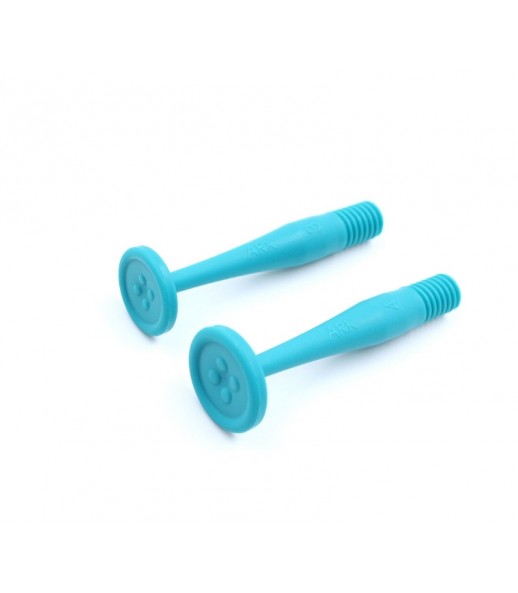


More and more, they’re seeing that tongue and jaw positioning directly influences motor activity in the rest of the body (the facial muscles, diaphragm, pelvic floor, etc.) To help drive more constant neuroplastic activity in the brain.For sensation testing and vibratory stimulus to activate different areas of the brain (brain stem, frontal cortex, etc.) that may be dysfunctional.Which is where the Z-Vibe comes in! To that end, they use the Z-Vibe: In looking for new and innovative ways to do this, one area they’ve been studying is the influence of mouth and tongue mechanics and sensation on overall brain function. The end goal is to create a better output by changing the input and/or how that input is interpreted. what kind of input leads to an output of shoulder pain), as well as which areas of the brain integrate and process that input. “my shoulder hurts”), they also focus on what kinds of input cause that output (i.e. Rather than only focusing on outputs (e.g.

Z-Health training gives equal weighting to all three areas. The nervous system does three major things: It receives input from the external and internal environment, then it interprets that input and decides what needs to happen, and finally it creates some kind of motor output(s) to enact our will in the world. In other words, they focus on using the nervous system to rehabilitate and "debug" movement patterns. With about 3,000 trainers worldwide, Z-Health Performance is an educational company that uses functional neurology for pain relief, rehabilitation of chronic neurologic disorders, sports performance, and everything in between. Most recently, we had the pleasure of learning about how a company called Z-Health is using the Z-Vibe for rehabilitation and neurology applications. Last year, for example, we learned that some people are using the Z-Vibe to improve their One of the things we find especially exciting, however, is when other people discover new ways to use our products. We use it for everything from normalizing oral sensitivities to feeding therapy to writing skills and much more. Since then, the Z-Vibe has become more versatile than we ever imagined 18 years ago. Z-Vibe as a speech therapy tool - a device that would provide sensory input to the mouth via vibration and tactile cues. Back in 2000, we originally conceived the


 0 kommentar(er)
0 kommentar(er)
